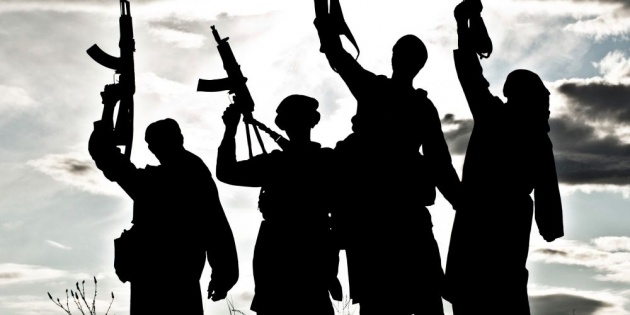 Terrorism in Pakistan has become a major and highly destructive phenomenon in recent years. The annual death toll from terrorist attacks has risen from 164 in 2003 to 3318 in 2009,[1][2][3] with a total of 35,000 Pakistanis killed betweenSeptember 11, 2001 and May 2011.[4] According to the government of Pakistan, the direct and indirect economic costs of terrorism from 2000–2010 total $68 billion.[5] President Asif Ali Zardari, along with former President ex-Pakistan Army headPervez Musharraf, have admitted that terrorist outfits were "deliberately created and nurtured" by past governments "as a policy to achieve some short-term tactical objectives" The trend began with Muhammad Zia-ul-Haq's controversial "Islamization" policies of the 1980s, under which conflicts were started against Soviet involvement in Afghanistan. Zia's tenure as president saw Pakistan's involvement in the Soviet-Afghan War, which led to a greater influx of ideologically driven Muslims (mujahideen) to the tribal areas and increased availability of guns such as the AK-47 and drugs from theGolden Crescent.
Terrorism in Pakistan has become a major and highly destructive phenomenon in recent years. The annual death toll from terrorist attacks has risen from 164 in 2003 to 3318 in 2009,[1][2][3] with a total of 35,000 Pakistanis killed betweenSeptember 11, 2001 and May 2011.[4] According to the government of Pakistan, the direct and indirect economic costs of terrorism from 2000–2010 total $68 billion.[5] President Asif Ali Zardari, along with former President ex-Pakistan Army headPervez Musharraf, have admitted that terrorist outfits were "deliberately created and nurtured" by past governments "as a policy to achieve some short-term tactical objectives" The trend began with Muhammad Zia-ul-Haq's controversial "Islamization" policies of the 1980s, under which conflicts were started against Soviet involvement in Afghanistan. Zia's tenure as president saw Pakistan's involvement in the Soviet-Afghan War, which led to a greater influx of ideologically driven Muslims (mujahideen) to the tribal areas and increased availability of guns such as the AK-47 and drugs from theGolden Crescent.
The state and its Inter-Services Intelligence, in alliance with the CIA, encouraged the "mujahideen" to fight a proxy waragainst Soviet forces present in Afghanistan. Most of the mujahideen were never disarmed after the war ended in Afghanistan and some of these groups were later activated at the behest of Pakistan in the form of the Lashkar-e-Taiba, the Harkat-ul-Mujahideen and others like the Tehrik-i-Taliban Pakistan (TTP) to spread terror in its neighboring countries.The same groups are now taking on the state itself, making the biggest threat to it and the citizens of Pakistan through the politically motivated killing of civilians and police officials.[citation needed]
From the summer of 2007 until late 2009, more than 1,500 people were killed in suicide and other attacks on civilians[6] for reasons attributed to a number of causes – sectarian violence between Sunni and Shia Muslims; easy availability of guns and explosives; the existence of a "Kalashnikov culture"; an influx of ideologically driven Muslims based in or near Pakistan, who originated from various nations around the world and the subsequent war against the pro-Soviet Afghans in the 1980s which blew back into Pakistan; the presence of Islamist insurgent groups and forces such as the Taliban and Lashkar-e-Taiba; Pakistan's thousands of fundamentalist madrassas (Islamic schools) which are thought by many[who?] to provide training for little other than jihad and secessionists movements – the most significant being the Balochistan liberation movement – blamed on regionalism, which is problematic in a country with Pakistan's diverse cultures, languages, traditionsand customs.



